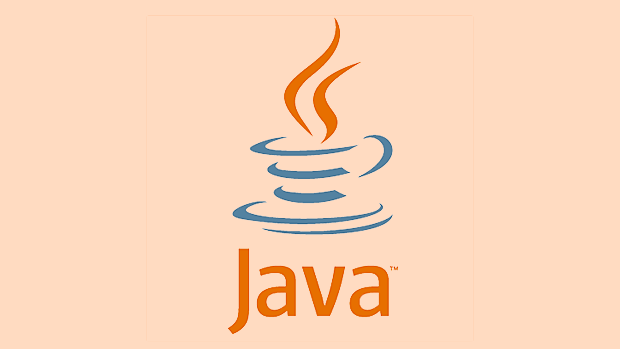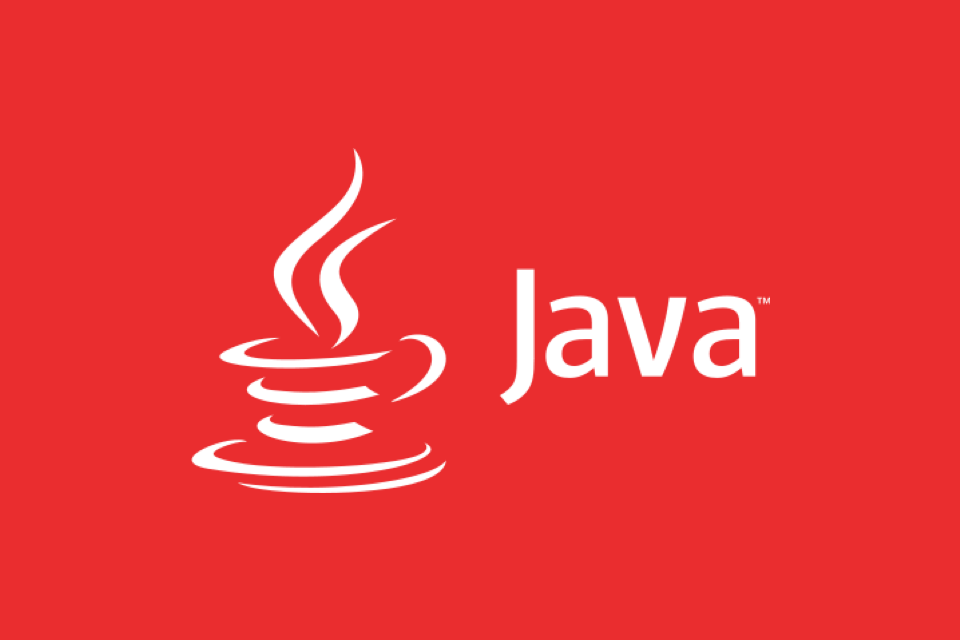Java application performance tuning should rely on tools and data rather than guesswork. 1. Use JVM's own tools such as jstat to analyze GC, jstack to troubleshoot thread problems, and jmap and MAT analyze memory leaks; 2. Visual tools such as JProfiler, YourKit, and VisualVM can intuitively view the time-consuming of calling links and methods; 3. APM tools such as SkyWalking, Pinpoint, and New Relic support full-link monitoring and distributed tracking; 4. Combining logs and Prometheus Grafana to achieve indicator monitoring and trend warning. Choosing tools rationally and understanding the results is key.

In fact, Java application performance tuning is often not based on guessing, but on tools and data. It is difficult to find the real bottleneck just by feeling, especially in online environments or complex business scenarios. To truly understand where the application is slow, where the card is tight, and where the resources are tight, we must rely on appropriate performance analysis tools and methods.

Below are some common Java performance analysis tools and tips suitable for daily troubleshooting and optimizing code.

1. Use the monitoring tools that come with JVM
JVM provides some basic but very practical command line tools, such as jstat, jstack, and jmap. They do not require additional installation and can be used.
- jstat : Check the GC situation, such as the frequency and time-consuming of Young GC and Full GC. If you find frequent Full GCs, it may have memory leaks or the parameter settings are unreasonable.
- jstack : Print thread stack information to troubleshoot deadlocks, thread blocking and other problems. You can basically locate the problem by finding the thread ID that occupies a high CPU and then viewing the specific stack through jstack.
- jmap MAT : generates a heap dump and analyzes memory usage with the Eclipse MAT tool. Suitable for troubleshooting memory leaks, large object occupation and other problems.
Although these tools look original, they are particularly useful when the server cannot install graphical tools.

2. Use visual performance analysis tools (such as JProfiler, YourKit, VisualVM)
If you need to see more intuitive information about calling links, CPU time-consuming distribution, memory allocation, etc., graphical tools will be more suitable.
- JProfiler is a good choice. It supports remote connections and can view thread status, memory allocation hotspots, method execution time, etc. in real time. In particular, its "Hot Spots" function can directly tell you which methods are the most time-consuming.
- YourKit has similar functions and a friendly interface, suitable for in-depth analysis.
- VisualVM is free. Although its functions are not as powerful as the previous two, it is enough for general problem troubleshooting.
This type of tool usually needs to add an agent parameter at startup, such as -agentpath:/path/to/jprofiler/bin/agent.so , and then connect through the client to start sampling.
3. Use APM tools for full-link monitoring (such as SkyWalking, Pinpoint, New Relic)
For microservice architectures, local debugging alone is no longer enough. You need to look at how the request flows from a holistic perspective, which service responds slowly, whether there is slow SQL, whether third-party calls are abnormal, etc.
- SkyWalking is a domestic open source APM tool with simple deployment and supports automatic point burial. It can track the entire call chain, and can also display JVM status, SQL execution details, etc.
- Pinpoint comes from South Korea and is also an old distributed tracking system with a clear UI interface and is suitable for medium and large projects.
- New Relic is a relatively popular business tool abroad, with comprehensive functions and rich charts, suitable for enterprise-level users.
APM tools generally implement non-invasive monitoring through Java Agent, and only need to add agent parameters to the startup script to take effect.
4. Use log metric monitoring in combination (such as Prometheus Grafana)
In addition to specialized performance analysis tools, log and metric monitoring are also an indispensable part.
- Logging on critical paths to record processing time and context information can help you quickly locate where the problem occurs.
- Combined with Prometheus to grab JVM indicators, such as heap memory usage, GC number, thread number, etc., and then display the trend chart through Grafana, you can discover potential risks in advance.
- If you use Spring Boot, you can directly enable Actuator Micrometer to easily access Prometheus.
This method is suitable for long-term monitoring and is convenient for alarm configuration.
In general, Java performance analysis is not a one-time transaction, but requires choosing the right combination of tools based on different scenarios. During the development stage, JProfiler or VisualVM can be used to quickly locate problems; after it is launched, it depends on APM and monitoring system to continuously observe the operating status. Although there are many tools, the key is to know when to use what and how to interpret the results.
Basically all of this is it, but it is not difficult to ignore details, but you still have to try it more.
The above is the detailed content of Tools and Techniques for Profiling Java Application Performance. For more information, please follow other related articles on the PHP Chinese website!

Hot AI Tools

Undress AI Tool
Undress images for free

Undresser.AI Undress
AI-powered app for creating realistic nude photos

AI Clothes Remover
Online AI tool for removing clothes from photos.

Clothoff.io
AI clothes remover

Video Face Swap
Swap faces in any video effortlessly with our completely free AI face swap tool!

Hot Article

Hot Tools

Notepad++7.3.1
Easy-to-use and free code editor

SublimeText3 Chinese version
Chinese version, very easy to use

Zend Studio 13.0.1
Powerful PHP integrated development environment

Dreamweaver CS6
Visual web development tools

SublimeText3 Mac version
God-level code editing software (SublimeText3)

Hot Topics
 Difference between HashMap and Hashtable?
Jun 24, 2025 pm 09:41 PM
Difference between HashMap and Hashtable?
Jun 24, 2025 pm 09:41 PM
The difference between HashMap and Hashtable is mainly reflected in thread safety, null value support and performance. 1. In terms of thread safety, Hashtable is thread-safe, and its methods are mostly synchronous methods, while HashMap does not perform synchronization processing, which is not thread-safe; 2. In terms of null value support, HashMap allows one null key and multiple null values, while Hashtable does not allow null keys or values, otherwise a NullPointerException will be thrown; 3. In terms of performance, HashMap is more efficient because there is no synchronization mechanism, and Hashtable has a low locking performance for each operation. It is recommended to use ConcurrentHashMap instead.
 What are static methods in interfaces?
Jun 24, 2025 pm 10:57 PM
What are static methods in interfaces?
Jun 24, 2025 pm 10:57 PM
StaticmethodsininterfaceswereintroducedinJava8toallowutilityfunctionswithintheinterfaceitself.BeforeJava8,suchfunctionsrequiredseparatehelperclasses,leadingtodisorganizedcode.Now,staticmethodsprovidethreekeybenefits:1)theyenableutilitymethodsdirectly
 How does JIT compiler optimize code?
Jun 24, 2025 pm 10:45 PM
How does JIT compiler optimize code?
Jun 24, 2025 pm 10:45 PM
The JIT compiler optimizes code through four methods: method inline, hot spot detection and compilation, type speculation and devirtualization, and redundant operation elimination. 1. Method inline reduces call overhead and inserts frequently called small methods directly into the call; 2. Hot spot detection and high-frequency code execution and centrally optimize it to save resources; 3. Type speculation collects runtime type information to achieve devirtualization calls, improving efficiency; 4. Redundant operations eliminate useless calculations and inspections based on operational data deletion, enhancing performance.
 What is an instance initializer block?
Jun 25, 2025 pm 12:21 PM
What is an instance initializer block?
Jun 25, 2025 pm 12:21 PM
Instance initialization blocks are used in Java to run initialization logic when creating objects, which are executed before the constructor. It is suitable for scenarios where multiple constructors share initialization code, complex field initialization, or anonymous class initialization scenarios. Unlike static initialization blocks, it is executed every time it is instantiated, while static initialization blocks only run once when the class is loaded.
 What is the Factory pattern?
Jun 24, 2025 pm 11:29 PM
What is the Factory pattern?
Jun 24, 2025 pm 11:29 PM
Factory mode is used to encapsulate object creation logic, making the code more flexible, easy to maintain, and loosely coupled. The core answer is: by centrally managing object creation logic, hiding implementation details, and supporting the creation of multiple related objects. The specific description is as follows: the factory mode handes object creation to a special factory class or method for processing, avoiding the use of newClass() directly; it is suitable for scenarios where multiple types of related objects are created, creation logic may change, and implementation details need to be hidden; for example, in the payment processor, Stripe, PayPal and other instances are created through factories; its implementation includes the object returned by the factory class based on input parameters, and all objects realize a common interface; common variants include simple factories, factory methods and abstract factories, which are suitable for different complexities.
 What is the `final` keyword for variables?
Jun 24, 2025 pm 07:29 PM
What is the `final` keyword for variables?
Jun 24, 2025 pm 07:29 PM
InJava,thefinalkeywordpreventsavariable’svaluefrombeingchangedafterassignment,butitsbehaviordiffersforprimitivesandobjectreferences.Forprimitivevariables,finalmakesthevalueconstant,asinfinalintMAX_SPEED=100;wherereassignmentcausesanerror.Forobjectref
 What is type casting?
Jun 24, 2025 pm 11:09 PM
What is type casting?
Jun 24, 2025 pm 11:09 PM
There are two types of conversion: implicit and explicit. 1. Implicit conversion occurs automatically, such as converting int to double; 2. Explicit conversion requires manual operation, such as using (int)myDouble. A case where type conversion is required includes processing user input, mathematical operations, or passing different types of values ??between functions. Issues that need to be noted are: turning floating-point numbers into integers will truncate the fractional part, turning large types into small types may lead to data loss, and some languages ??do not allow direct conversion of specific types. A proper understanding of language conversion rules helps avoid errors.
 Why do we need wrapper classes?
Jun 28, 2025 am 01:01 AM
Why do we need wrapper classes?
Jun 28, 2025 am 01:01 AM
Java uses wrapper classes because basic data types cannot directly participate in object-oriented operations, and object forms are often required in actual needs; 1. Collection classes can only store objects, such as Lists use automatic boxing to store numerical values; 2. Generics do not support basic types, and packaging classes must be used as type parameters; 3. Packaging classes can represent null values ??to distinguish unset or missing data; 4. Packaging classes provide practical methods such as string conversion to facilitate data parsing and processing, so in scenarios where these characteristics are needed, packaging classes are indispensable.






